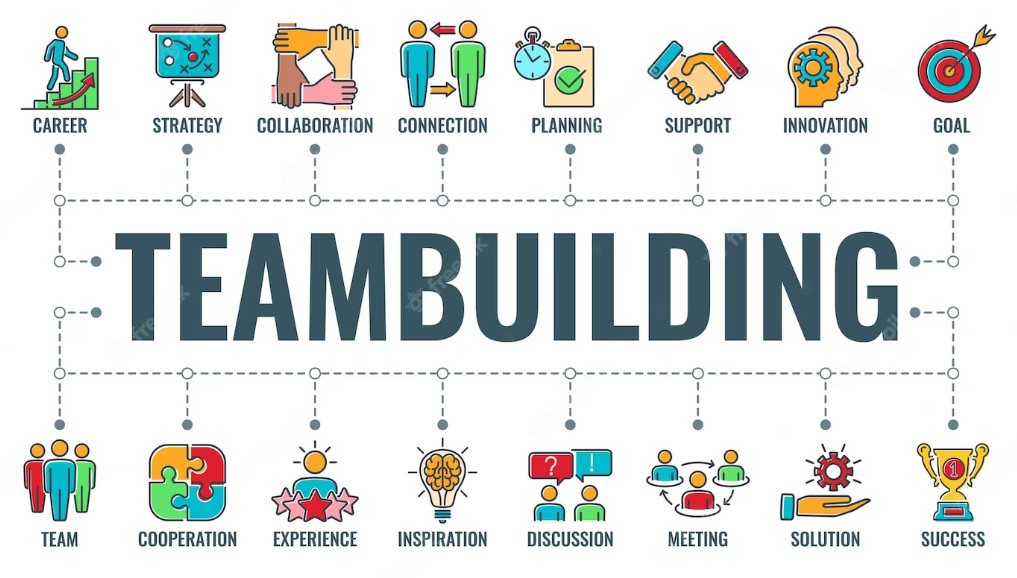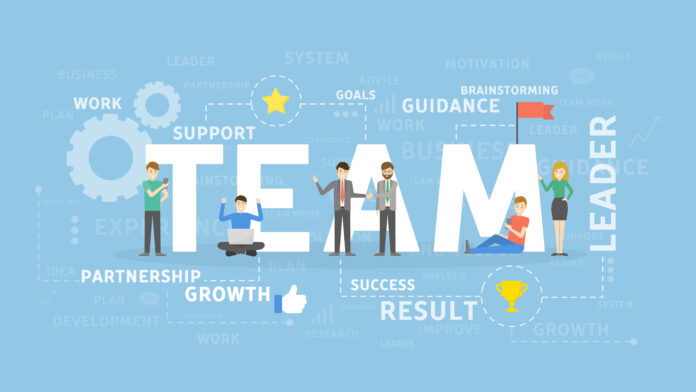Nurturing and Retaining Talent – SMEs
Providing a good work environment, generating development opportunities, creating a motivated team, and giving flexibility are conditions highly valued by emerging generations. In most SMEs (Small and medium-sized enterprises) talent is the foundation for creating an ideal team that is competent and capable of confronting new challenges and ensuring growth.
The challenge that Small and Medium enterprises face is nurturing and retaining talent in their organizations. Surveys such as “best places to Work” reveal that money is no longer a decisive factor. The small company’s success in the market, innovation, teamwork, work environment, and career planning are some of the variables that prospective employees take into account for making a decision for staying in the organization.
Good Talent will always be in short supply. Quality of talent is a big differentiator between two organizations operating in the same business. Simply stated companies with better talent will be more successful. Creating a suitable talent bench in the organization is one of the important HR practices. I call it ‘practice’ because practice is something continually being learned, refined and honed in light of the experience gained.
The company achieves a competitive edge in the marketplace through its superior talent. Talent management is a systematic process of creating and sustaining individual skill sets and competencies that will support the execution of business strategy.
Management of talent is the application of competence, commitment and contribution that individuals make in the organization. SMEs will have to systematically invest in talent, build culture of connection and offer opportunities and direction so that good talent stays in the organization.
Investing in Talent
Companies invest in talent for building competence. Competence means that individuals have the knowledge skills and values required for today’s jobs and tomorrow’s. Organization gaps can be filled by investing in talent in a systematic manner. For this purpose, organizations will have to work with the 6 – B model to map the talent and take appropriate actions:
- Buy: Recruiting, searching, sourcing, and securing new talent into the organization
- Build: Helping people grow through training on the job or through experiences
- Borrow: Brining knowledge into the organization through advisers or partners
- Bound: Promoting the right people into key jobs
- Bounce: Removing poor performers, if they don’t fit anywhere in the organization.
- Bind: Retaining the right talent.
Along with competence, commitment is also desired in people, which means that employees are willing to devote their discretionary energy to the organization’s success.

Building Connect
Building commitment is essential for retaining talent within the organization. It is found that good talent will stay in the organizations if they are offered the following.
- Vision – a sense of direction and purpose
- Opportunity – an ability to grow, develop and learn
- Incentive – a fair wage or salary for work done
- Impact – An ability to see the outcome or effect of work done
- Community – Peers, bosses and leaders who build a sense of shared purpose, identity and experience
- Communication – Knowing what is going on and why
It is found that employees demonstrate their engagement by being at work on time (virtual or physical), working hard, and doing what is expected of them.
Sense of Identity & Service
It is found the next generation of employees may be competent (able to do the work) and committed (willing to do the work), but unless they are making a real contribution through the work (finding meaning and purpose in their work), then their interest in what they are doing diminishes and their talent wanes. Nurturing and Retaining Talent becomes more difficult in such cases.
It is found that employees will recognize their own contributions and perceive abundance in their work if their leaders help them answer some of these few questions:
- Who am I? How does an employee’s identity meld with the company’s reputation?
- Where am I going and why? Organizations help employees reach their own goals.
- Who do I travel with? How does the organization build a community so that employees support one another?
- How well do I practice spiritual discipline? How well does the organization build a positive work environment grounded in terms like humility, service, forgiveness, and gratitude rather than hostility, self-interest, and politics?
- What challenges do I enjoy? How does the organization help employees find challenges that are easy, enjoyable, and energizing?
- How well can I access resources? How does the organization help employees manage health, space, and financial requirements?
- What are my sources of delight? How does the organization help employees have fun?
- How do I manage the transition? How does the organization help the employees manage the transitions associated with change?
Talented employees must have the skill, will, and, purpose, they must be capable, committed and contribution oriented. Simply stated, competence deals with the head (being able), commitment with the hands and feet (being there) and contribution with the heart (simply being).
Reference: HR Transformation – Building Human Resources from the Outside In. Dave Ulrich, Justin Allen, Wayne Brockbank Jon Younger Mark Nyman, Tata McGraw-Hill

